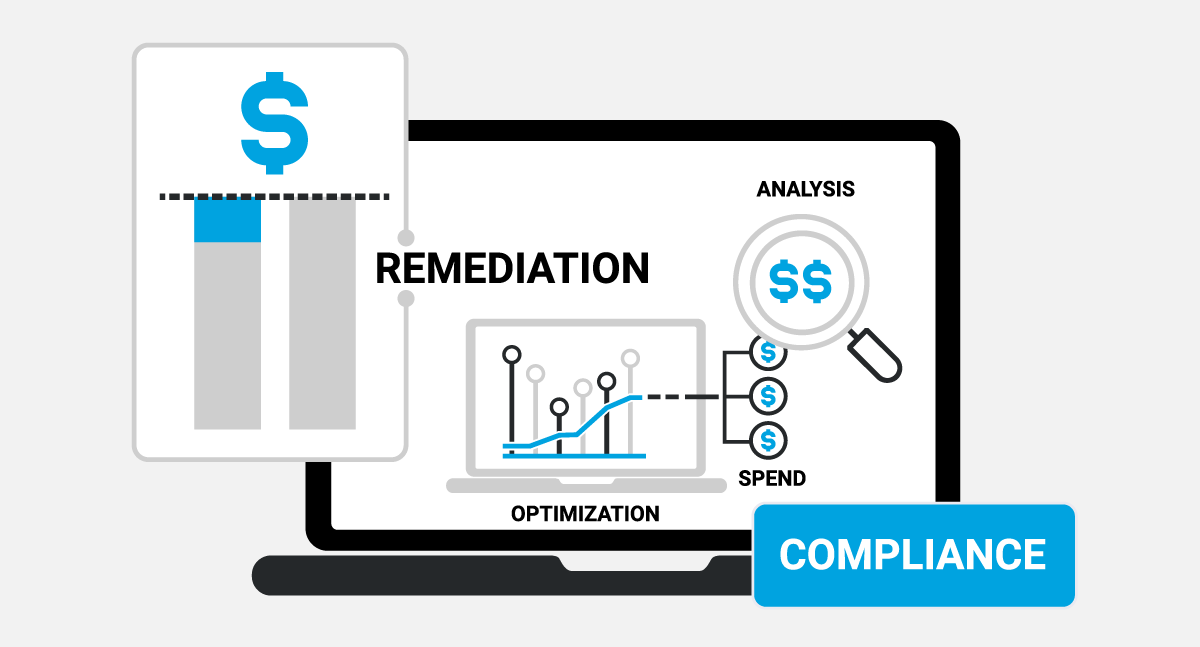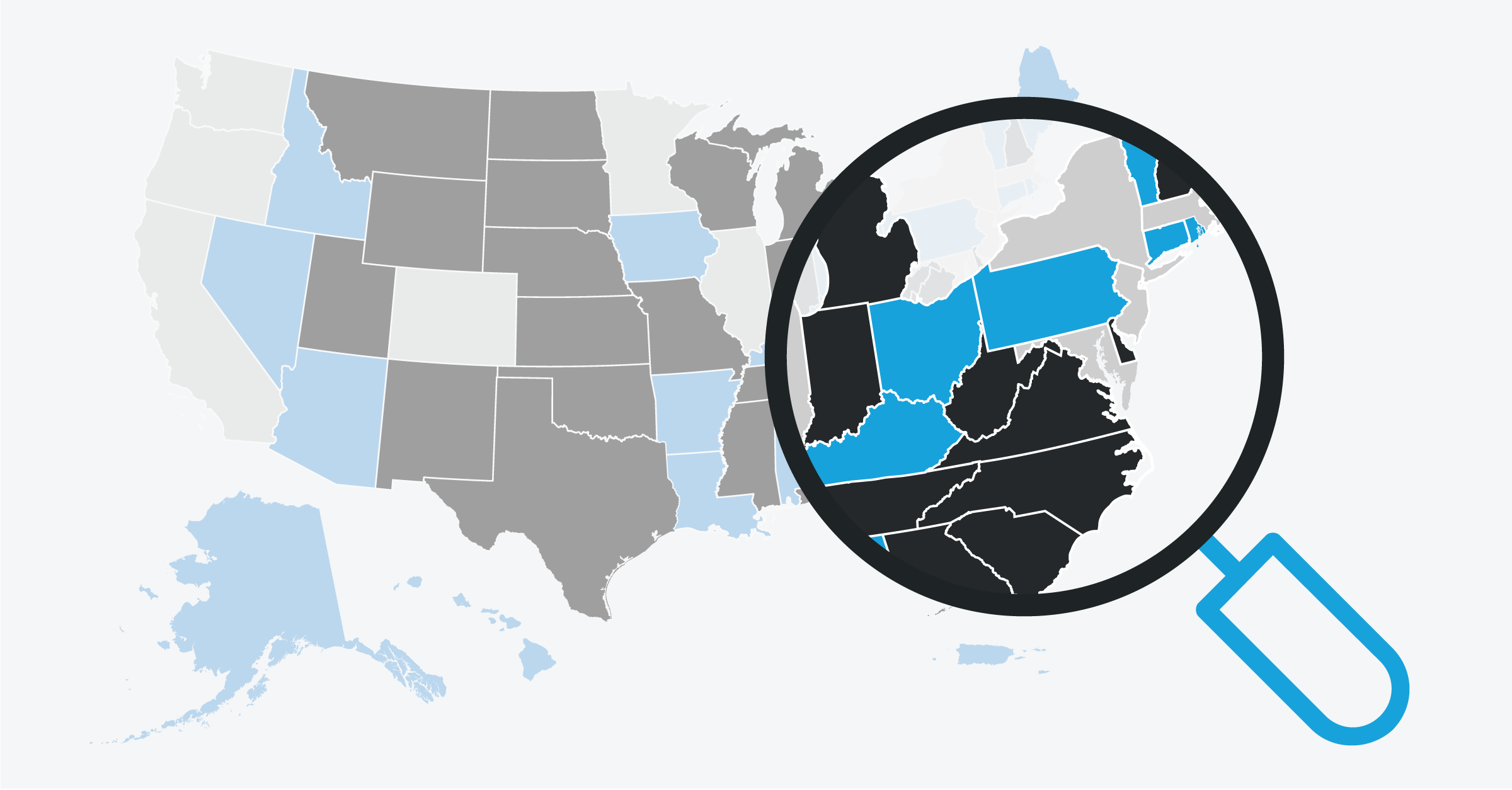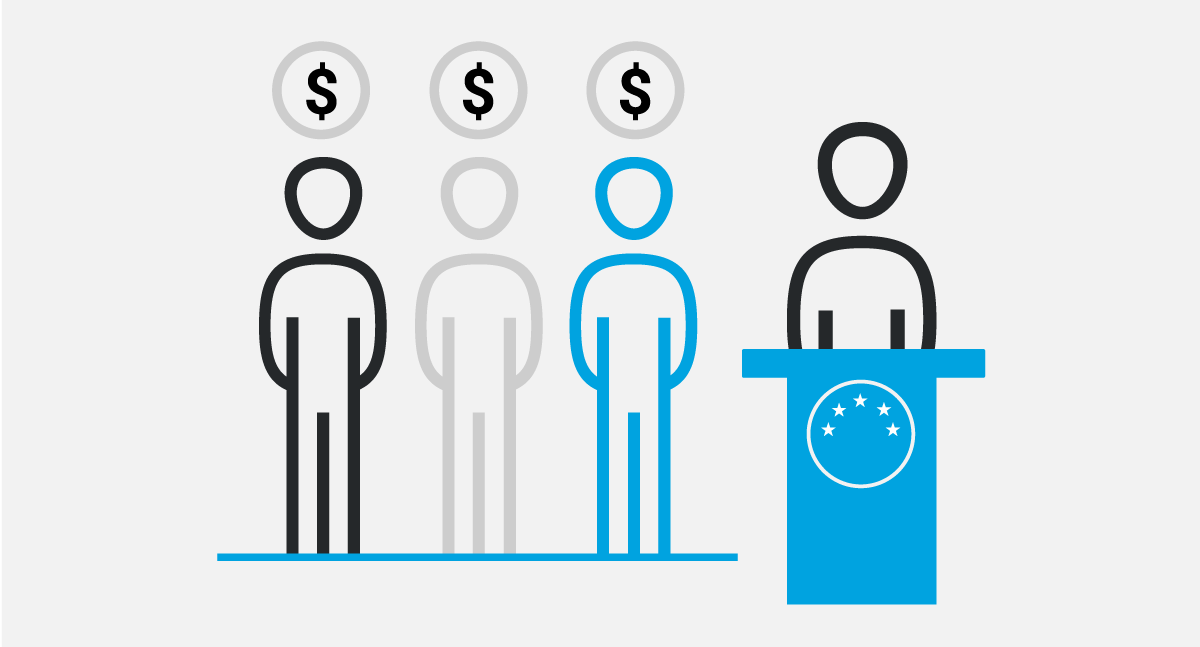
3 minute read
The gender gap in Massachusetts showcases the occupational differences that can complicate pay equity, even with the changes to state law. The most populous state in New England, and the home of the diverse metropolitan city of Boston, seemed poised to take a leadership role with the 2016 passage of The Massachusetts Equal Pay Act (MEPA). The act provided explicit protections prohibiting employers from gender-based discrimination against employees in setting and paying wages, with further provisions which:
- Disallow employers to prohibit employees from disclosing and/or discussing wages;
- Restrict employers from seeking the salary or wage history of prospective employees before making an offer which includes compensation;
- Bar employers from retaliating against employees exercising their rights under the law; and
- Incentivize pay equity audits by providing a complete litigation defense to employers that properly conduct them.
The provision which disallows employers from requesting information about a prospective employee’s prior salary is especially important. It acts as a circuit breaker for a cycle of inequity, with lower-paying job offers historically being justified by previous employers’ pay. The act was hailed as an enormous move in legislative leadership at the state level, with the Chair of the Massachusetts Commission on the Status of Women stating in a press release from the Massachusetts WBA that “this bill will help women, men, and the bottom line,” and Katie Donovan, Co-President of the AAUW (American Association of University Women), reiterating the broader importance of the bill’s encouraging regulatory measures to increase pay equity across the U.S.:
“With other states and even municipalities eager to follow our lead, the impact eventually will be felt beyond our commonwealth’s borders.”
Massachusetts has displayed a further willingness to excel in closing the wage gap, with the Massachusetts Office of Economic Empowerment establishing the Wage Equality Advisory Committee to “to develop innovative best practices and strategies to address the Commonwealth’s gender wage gap” in concert with the Massachusetts Equal Pay Act. Still, The Pilgrim State has pay parity issues which point to the problems that persist nationwide: as occupations vary, so too do factors which stymie pay equity. Those problems have only been exacerbated by the Covid-19 pandemic, which has struck at economic vulnerabilities across industries due to the lack of a national response strategy.
The Essential Worker Pay Gap
As the pandemic accelerated, it also put into sharp relief the environmental and structural challenges faced by low-wage and service workers. While state mandates have changed some of these factors, the situation for those who have come to be known as “essential workers” is the same: more exposure, fewer protections, and a higher rate of unemployment––nearly 1 in 4 workers who lost a job due to the pandemic was in the restaurant industry. A report from the non-profit One Fair Wage highlighted the already existing pay gap for Massachusetts essential workers, a glaring gender and racial pay discrepancy belied by the state’s progressive and proactive stance on pay equity. Some of the studies findings showed:
- The restaurant workforce in Massachusetts is comprised of 36% people of color, with the majority of that workforce made up of women;
- Black female employees made, on average, $7.79 less per hour than white men in the same positions;
- That gap is persistent, with a causal link to both the lack of access to the higher-paying fine dining service positions and a lower overall tip rate in those higher-paying positions when compared to similarly employed white male counterparts; and
- Massachusetts tipped workers receive a sub-minimum wage, meaning that the minimum wage laws are weighed against projected tips—making their actual hourly wage lower than employees in other sectors.
The same study showed that sub-minimum wages disincentivize Covid-19 safety enforcement measures, encourage high-levels of wage theft, and reinforce cyclical issues of pay parity. In short, the Massachusetts “essential worker” gender wage gap is 40%—and has increased to 50% due to complications surrounding the ongoing pandemic. That number is sobering, considering the average gender wage gap for the state of Massachusetts is 18.5%.
A Multi-Faceted Issue
While the 2016 passage of the Massachusetts Equal Pay Act was the first in the country to ban employers from inquiring about prior compensation, Massachusetts is a case study in the ways in which the gender wage gap persists in the face of bold legislation. The United States has continually failed to significantly and comprehensively pass any noteworthy nationwide legislation regarding pay equity, and the gender wage gap has persisted largely unaddressed as a result. As states pass piecemeal legislation, loopholes allow for the most vulnerable employees to be continually compromised by factors both incidental and systemic, with the onus on employers to take a proactive stance on pay equity. Massachusetts showcases the discrepancies that can exist between labor forces in different areas and the ongoing need for accurate pay data reporting in assessing a complex landscape of pay parity issues.




